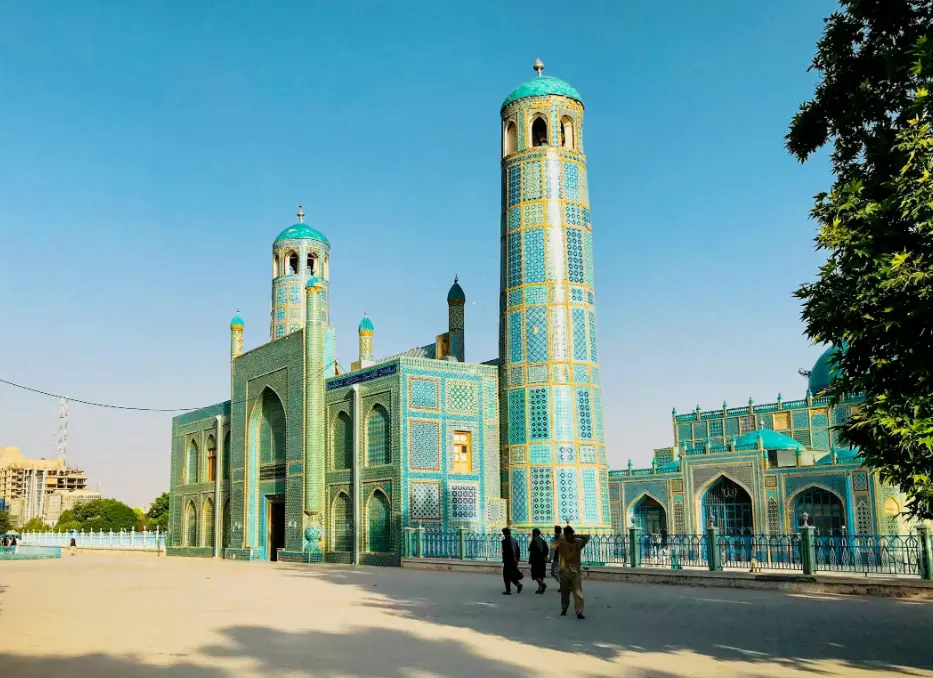
“Discovering Cultural Wealth of Afghanistan: Tourism Amidst Complexity”
Tourism in Afghanistan has historically been influenced by its rich cultural heritage, stunning landscapes, and ancient sites. However, due to decades of conflict and instability, the tourism industry has faced significant challenges.

Before the conflicts, Afghanistan was famous for its UNESCO World Heritage Sites such as the Minaret of Jam, the Bamiyan Buddhas (destroyed in 2001), and the historic city of Herat. The country also boasts breathtaking natural beauty, including the Hindu Kush mountain range and the picturesque Panjshir Valley.

Despite the challenges, efforts have been made to revive tourism in recent years. Some adventurous travelers, historians, and archaeologists have visited Afghanistan to explore its cultural treasures, though primarily under strict security measures and guidance.
In areas deemed relatively safe, such as parts of Kabul and the Wakhan Corridor, small-scale tourism has started to emerge. Trekking in the Wakhan Corridor, home to remote and rugged landscapes, has attracted some adventurous travelers.

However, ongoing security concerns, including the presence of extremist groups and sporadic violence, continue to deter mass tourism. Additionally, infrastructure remains underdeveloped, and there are challenges regarding accessibility and accommodation.
The future of tourism in Afghanistan largely depends on the country’s ability to achieve stability and security, as well as efforts to rebuild infrastructure and promote cultural heritage. If these conditions improve, Afghanistan has the potential to attract tourists interested in its rich history, diverse culture, and stunning landscapes.



